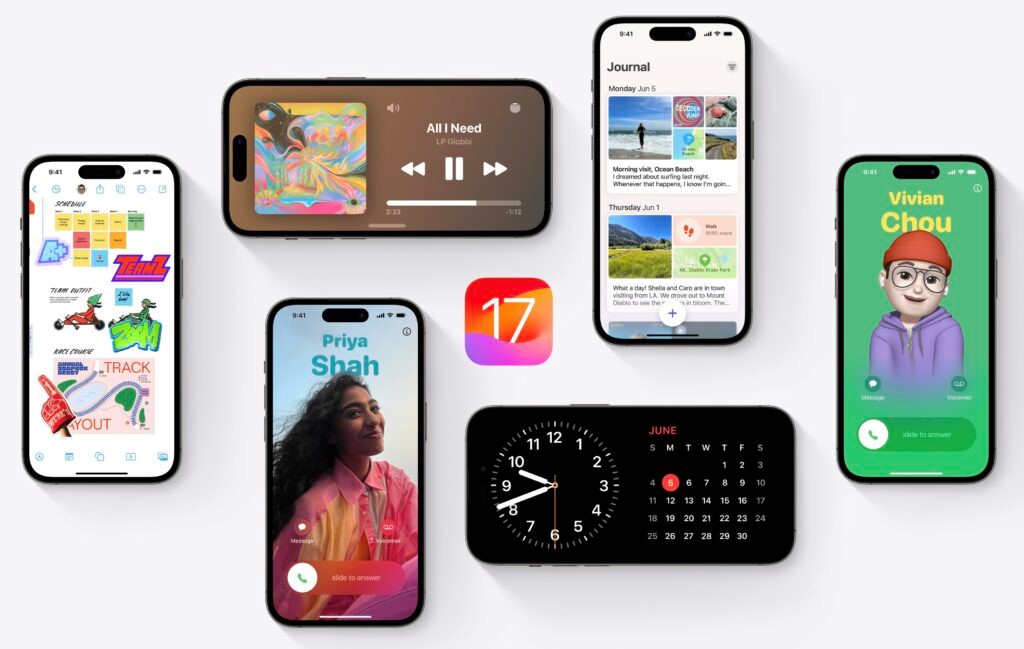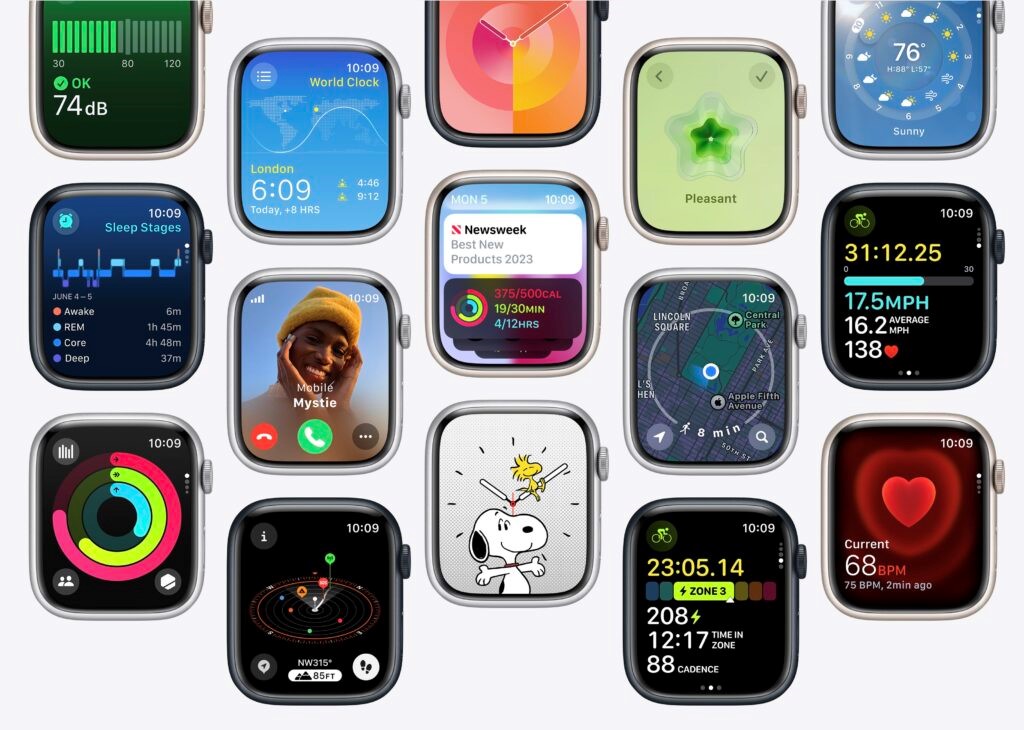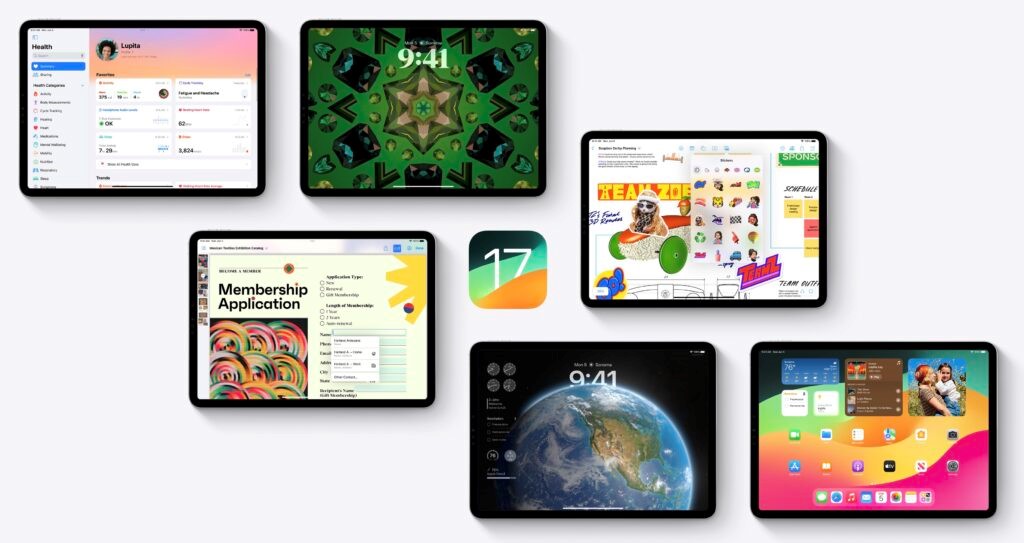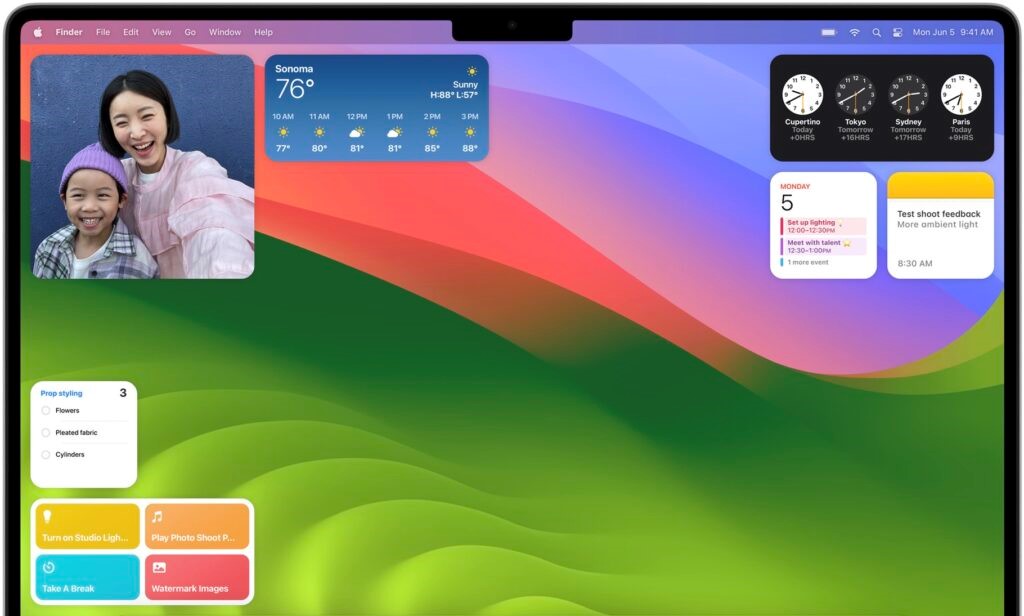Apple is gearing up to release major upgrades for all its operating systems: iOS 17 and watchOS 10 (alongside new iPhone and Apple Watch models), likely accompanied by iPadOS 17, plus macOS 17 Sonoma and tvOS 17. Apple previewed these releases at its Worldwide Developers Conference in June, and many people have been testing the public betas since.
You can temporarily delay a major operating system upgrade to give Apple time to work out any kinks that slipped through testing. But waiting too long puts you at risk from security vulnerabilities and increases compatibility annoyances. Plus, when you purchase a new Mac, iPhone, or iPad after these operating systems have shipped, you will get the latest version—which could pose compatibility problems for your existing apps or with older hardware or workflows. It is best to be prepared in case you must unexpectedly replace a device.
Let’s take a closer look at the features worth upgrading for and analyze when to upgrade each of your Apple devices. Remember: always make a backup before upgrading a Mac, iPhone, or iPad, so you can revert if necessary.
iOS 17
If your iPhone is crucial to your everyday life, it is worth delaying the upgrade to iOS 17 for a few weeks. Beyond that timeframe, it is usually safe to upgrade iOS, as Apple puts significant effort into ensuring that the new iOS version is a good experience for those who buy the new iPhones that come with it.
New features in iOS 17 include:
- Contact posters that let you create a full-screen image others will see when you call
- Live voicemail that transcribes messages as they are being left
- NameDrop, which shares information wirelessly when you bring your iPhone near another iPhone or Apple Watch that is running iOS 17
- Audio or video voicemail messages for Facetime calls, which can also now occur on an Apple TV
- Improved location sharing in Messages, with the ability to automatically notify people when you arrive at your destination
- StandBy mode to make your iPhone more useful when charging on its side by displaying Live Activities, Siri results, and more
Note that a few promised features—including the new Journal app, collaborative playlists in Music, and AirPlay in supported hotel rooms—will not ship with the initial release of iOS 17. Just consider these features an incentive to update when they do arrive.

watchOS 10
Once you upgrade your iPhone to iOS 17, there’s no reason to delay upgrading your Apple Watch to watchOS 10. Few of the changes will necessitate significant adjustments to your usage patterns.
New features in watchOS 10 include:
- Smart Stack: a collection of widgets available on any watch face when you turn the Digital Crown
- Shortcut to activate Control Center from any app: press the side button
- Logging of mental health states
- Follow-up medication reminders for missed pills
- For cyclists: new metrics when connected to Bluetooth-enabled accessories, a Power Zones view in Workout for those with power meters, and a cycling workout Live Activity for display on handlebar-mounted iPhones
- For hikers: new views in the Compass app plus trail information, topographic maps, and elevation alerts

iPadOS 17
For the most part, iPadOS is a superset of iOS, so if you are comfortable upgrading to iOS 17, think of iPadOS 17 similarly. One caveat: if you rely heavily on a particular app, check with the developer to ensure the app is compatible before upgrading.
In addition to most of the changes in iOS 17, new features in iPadOS 17 include:
- Customizable Lock screen wallpapers, beyond what was previously possible (such as the motion effect for Live Photos)
- Lock screen support for Live Activities and widgets
- Interactive Home screen widgets
- Ability to auto-fill PDF forms and collaborate on PDFs with others
- New tools in the Freeform whiteboard app, plus a Follow Along mode when collaborating
- More flexible layouts in Stage Manager
- FaceTime calls with an external display’s camera

tvOS 17
Although this year’s tvOS upgrade is more compelling than many previous ones, you may still choose to let your Apple TV (fourth-generation model and later) upgrade itself when it gets around to it—just be sure to have automatic updates turned on in Settings > Software Updates.
New features in tvOS 17 include:
- Support for FaceTime calls and Center Stage: capture audio and video via your iPhone or iPad and display it on your TV
- New Control Center
- Capability to use an iPhone to find a lost Siri Remote
- Curated Memories as screensavers
- Support for third-party VPNs

macOS 17 Sonoma
Upgrading to a new version of macOS should be approached with caution and only done after several months have passed since its release. Although app compatibility is not typically a long-term problem with iOS, many people still rely on older Mac apps that may not work in the latest version of macOS. Even if you are confident that your apps will work properly in Sonoma, there may be workflow or intra-office compatibility concerns if some individuals upgrade, and others do not.
Additionally, Apple has dropped support for iMacs, MacBook Pros, and MacBooks released in 2017. And some of Sonoma’s new features require Apple silicon, so an old Intel-based Mac may not match up to a newer Mac.
New features in macOS 17 Sonoma include:
- Desktop widgets, both Mac-native and those loaded and updated wirelessly from your iPhone
- Apps made from websites in Safari
- Profiles in Safari, which allow for separation of work and personal browsing history, extensions, Tab Groups, cookies, and favorites
- Presenter Overlay, to stay visible while sharing your screen
- AutoFill PDFs in Preview, using saved information from Contacts

